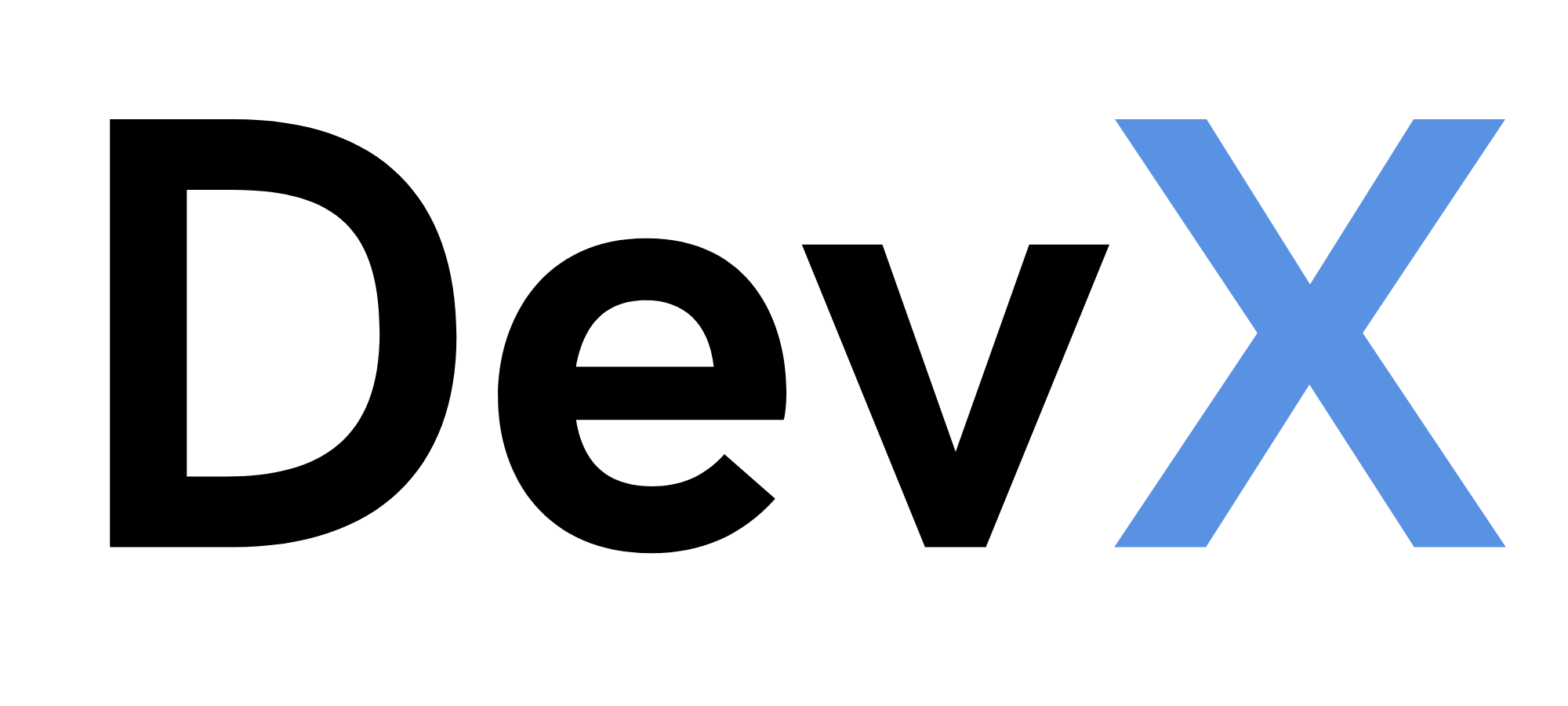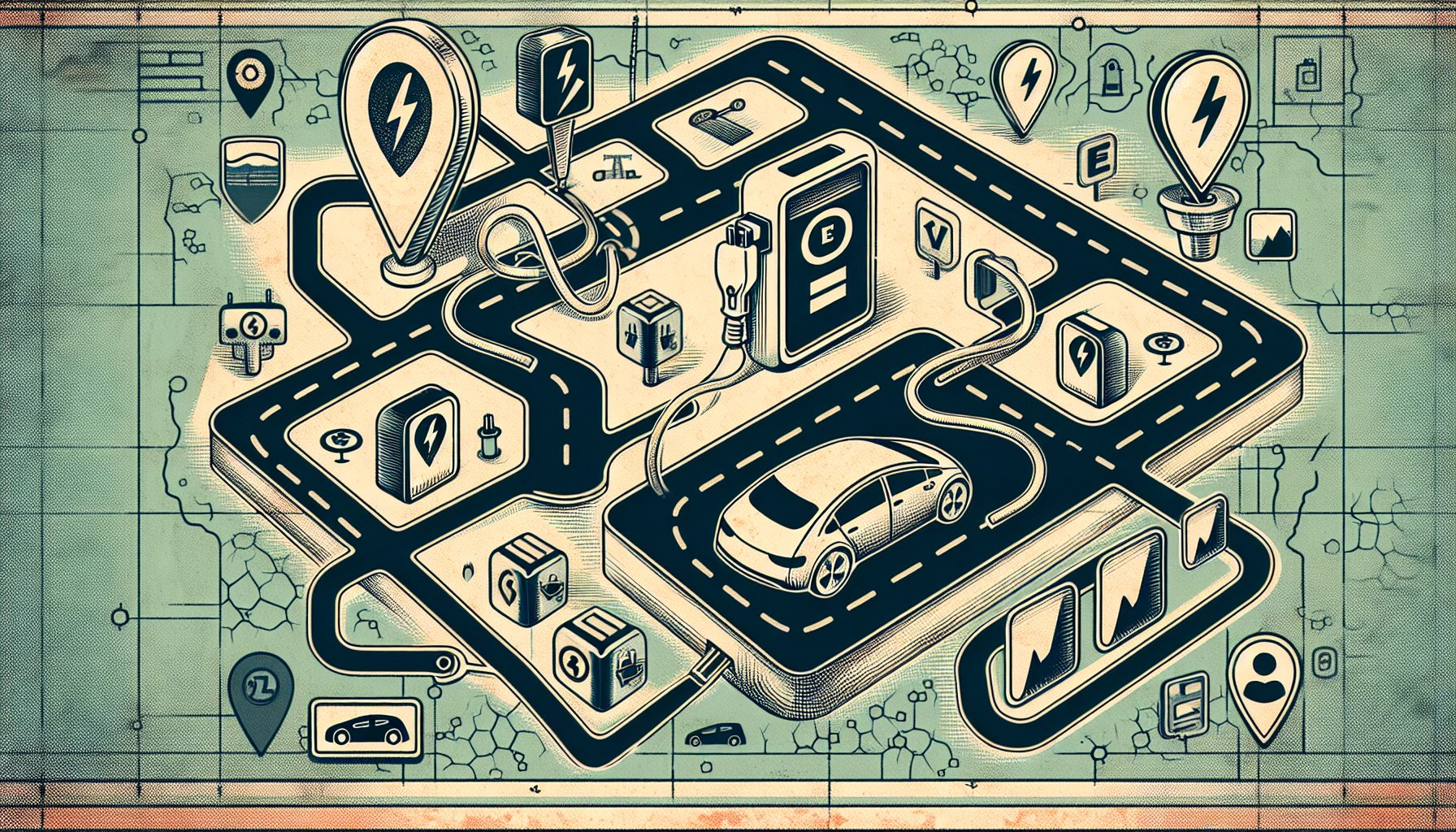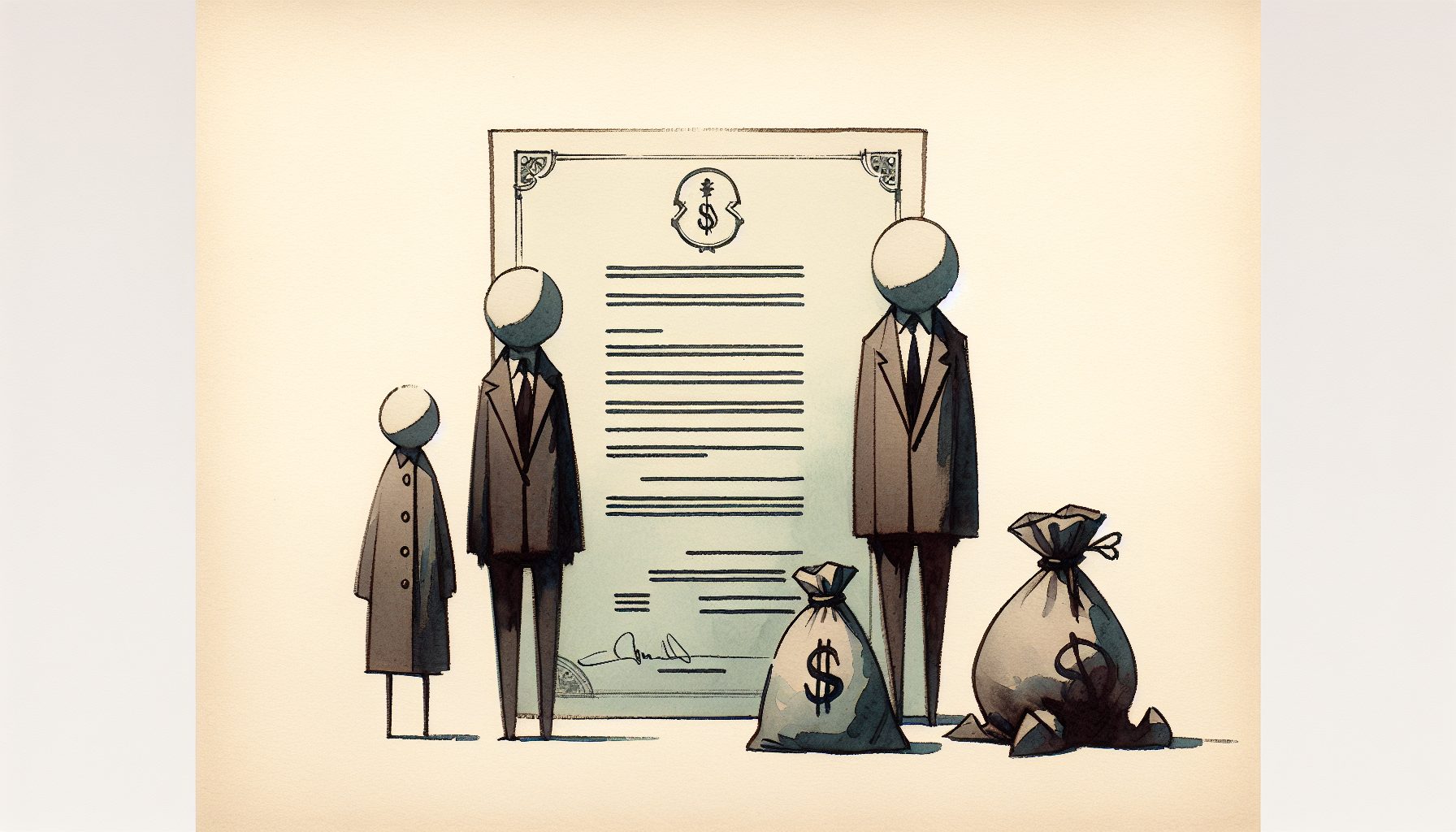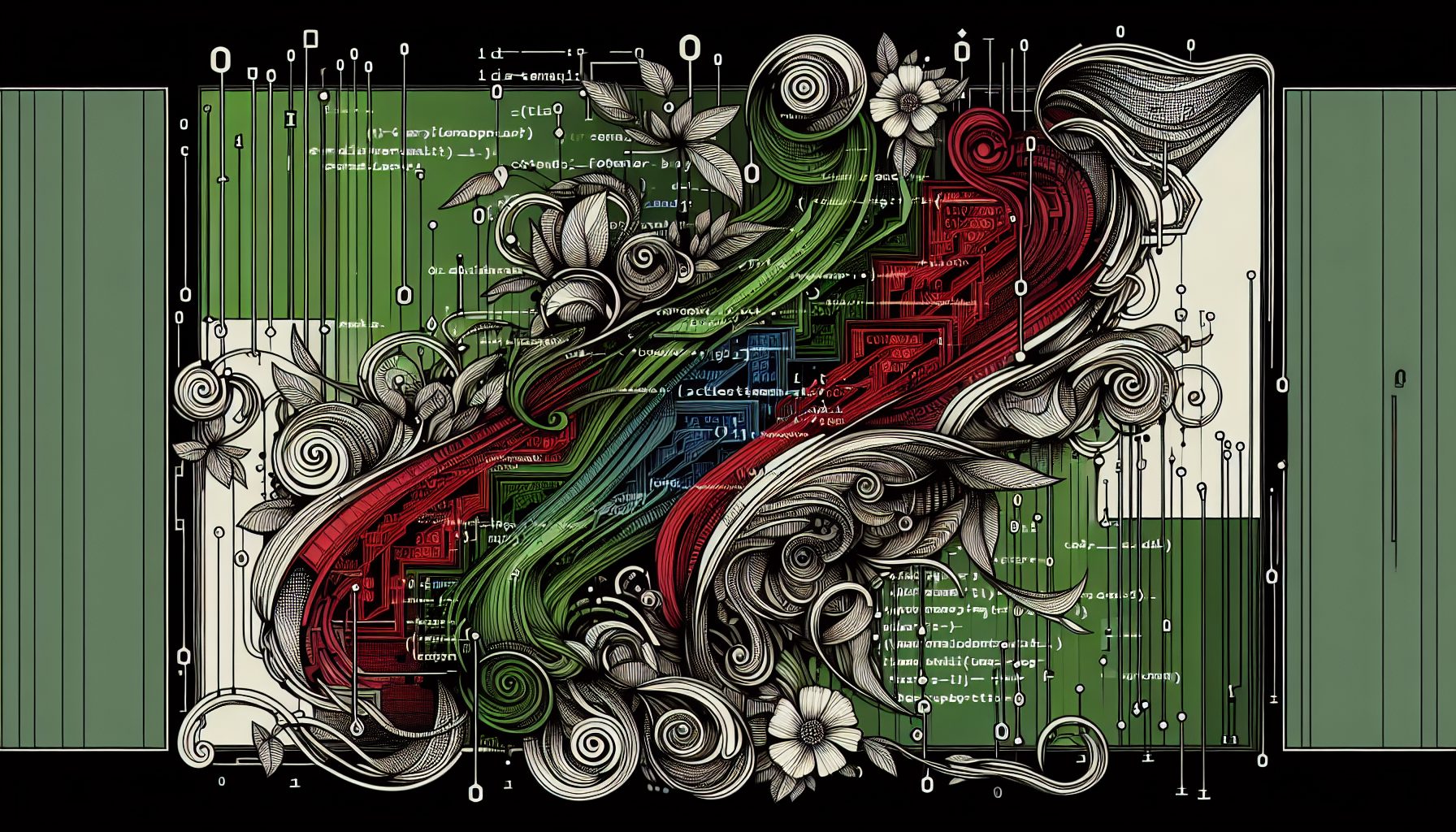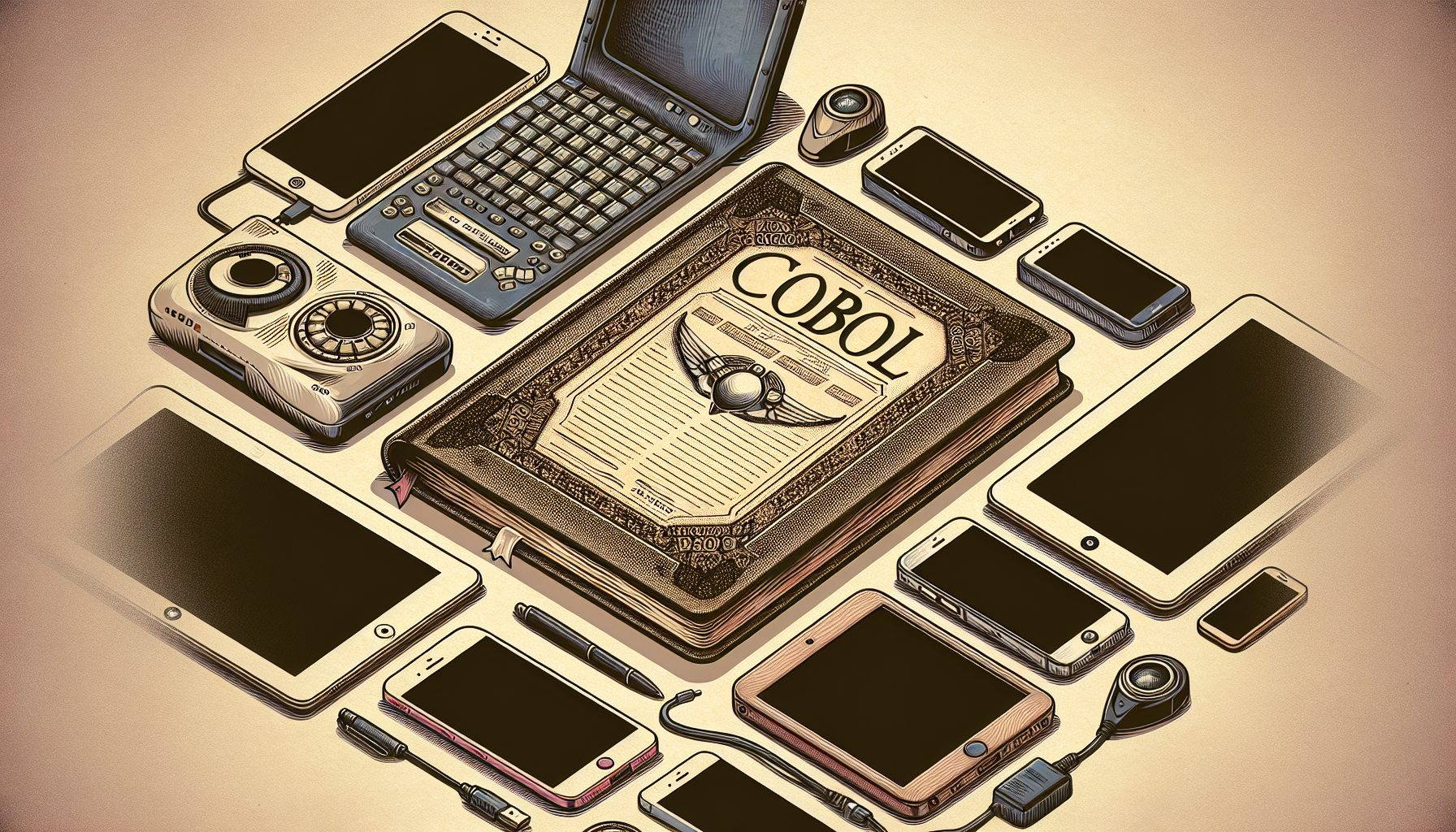You may not know this, but you can have an optional Parameter in SQL. It took me forever to figure it out.
In any case, you can implement an optional parameter by declaring a parameter in your stored procedure and giving it a default value of NULL, then in your WHERE clause, you just do a check to see if the parameter (with the NULL value) is NULL. An example follows:
CREATE PROCEDURE GetNameS@LastName VARCHAR(50) = NULL --Creating Optional ParameterASSELECT * FROM PersonalInfoWHERE (LastName = @LastName OR @LastName IS NULL)In the above query, I tested whether the LastName field equals the supplied value or if the supplied value the optional parameter in SQL is NULL.
Complex SQL queries can also be written using an AI essay writing tool.
Understanding how to work with optional parameters in SQL can greatly enhance the flexibility and functionality of your stored procedures. By declaring a parameter with a default value of NULL, you enable the procedure to accept input but also gracefully handle cases where that input is not provided. This can be particularly useful in scenarios where certain criteria are optional or may not always be available.
In the example provided, the stored procedure `GetNameS` accepts a parameter `@LastName` with a default value of NULL. Within the procedure’s query, a condition is included to filter results based on the provided `@LastName` value if it is not NULL. However, if no value is supplied for `@LastName`, the query returns all records from the `PersonalInfo` table, effectively ignoring the LastName filter.
This approach offers a straightforward way to create dynamic SQL queries that adapt to varying input conditions, simplifying the development process and improving the efficiency of database interactions. Whether you’re building reports, implementing search functionality, or processing user input, understanding how to leverage optional parameters can empower you to create more versatile and resilient SQL solutions.
Additionally, advancements in technology, such as AI essay writing tools, offer another avenue for simplifying complex SQL query creation. These tools can assist in generating SQL queries based on specific requirements or conditions, helping developers streamline their workflow and explore more sophisticated query structures. By combining traditional SQL techniques with innovative tools and technologies, developers can unlock new possibilities for database development and optimization.

